Introduction
Hot on the heels of our in-depth teardown of Samsung's Galaxy S7, we bring you another future teardown classic: the Galaxy S7 Edge.
With most dual-flagship releases, manufacturers have been trending toward sharing as many design elements as possible. We're expecting this teardown to be a challenging game of "Spot the Differences."
Join us as we tear and compare the S7 Edge. To keep up to date on all of our teardown exploits, follow us on Instagram, Twitter, and Facebook.
Tools
-
-
Specs. Why do they seem familiar? No reason.
-
Dual edge 5.5” Super AMOLED touchscreen display with 2560 × 1440 resolution (534 ppi)
-
Qualcomm Snapdragon 820 processor with 4 GB RAM + Adreno 530 GPU
-
12-megapixel rear camera with dual pixel autofocus, 4K video capture; 5-megapixel selfie camera
-
32 or 64 GB internal storage, expandable via microSD card (up to 200 GB additional)
-
IP68 water resistance rating
-
Android 6.0 Marshmallow
-
-
-
We just had to test out our Edge notifications to show off that curvy OLED. Unfortunately, nobody has our new number.
-
A quick comparison with last year's Galaxy S6 Edge shows that bigger is in. The S7 Edge also adds that same IP68 rating and expandable microSD slot that we saw in the S7, absent from last year's offerings.
-
The camera bump is noticeably reduced as well, which may just be a result of the
rising sea levelextra 0.7 mm of thickness on the S7 Edge.
-
-
-
S7 and S7 Edge side by side to compare and contrast: Heavy on the compare, light on the contrast.
-
Inside, the two devices feature the same camera, flash, general construction, and even antenna positions (although those squiggles are slightly different).
-
Despite the startlingly similar layout, the curve-boasting Edge is actually less curvy from behind than its standard counterpart.
-
-
-
Good news, everyone! The battery is no longer trapped under the motherboard, like it was on last season's Edge.
-
We extract the whopping 3.85 V, 13.86 Wh, 3,600 mAh burner of a battery.
-
That's 20% more capacity than the already capacious 3,000 mAh battery in the S7. It seems the tradeoff for a marginally thicker Edge will be longer battery life and less wear from frequent charging. Nice!
-
By Grabthar's hammer, what a savings.
-
-
-
We're deep in the belly of the curved-screen beast, but compared to its flat-faced sibling, everything looks... the same.
-
Anyway, let's get that motherboard out.
-
-
-
With that, it's time to digitally convey some chip ID. On the front side of the motherboard, we note:
-
SK Hynix H9KNNNCTUMU-BRNMH 4 GB LPDDR4 SDRAM layered over the Qualcomm MSM8996 Snapdragon 820
-
Samsung KLUBG4G1CE-B0B1 32 GB MLC Universal Flash Storage 2.0
-
Avago AFEM-9040 Multiband Multimode Module
-
Murata FAJ15 Front End Module
-
Qorvo QM78064 high band RF Fusion Module and QM63001A diversity receive module
-
Qualcomm WCD9335 Audio Codec
-
Maxim MAX77854 PMIC and MAX98506BEWV audio amplifier
-
-
-
With so many similarities to the standard S7's chipset, it almost feels like we're repeating the computer:
-
Murata KM5D17074 Wi-Fi module (likely contains a Broadcom BCM4359 WiFi/Bluetooth transceiver)
-
NXP Semiconductor 67T05 (PN67T) NFC controller
-
IDT P9221 wireless power receiver (likely an iteration of IDT P9220)
-
Qualcomm PM8996 and PM8004 PMICs
-
Qualcomm QFE3100 envelope tracker
-
-
Samsung C3 image processor and Samsung S2MPB02 PMIC
-
-
-
IC identification, pt. 2:
-
DSP Group DBMD4 audio/voice processor
-
Zinitix ZF115N haptic driver
-
Maxim Integrated MAX77838EWO power management
-
ETEK Microelectronics ET9529 over-voltage protection switch and an ON Semiconductor FPF2495B over-voltage/current protection load switch
-
Diodes Incorporated AP7346D-3318FS6-7 and AP7340D-18FS4-7 LDO regulators
-
Knowles MEMS microphone
-
NXP Semiconductor NCX2200 comparator and a Toshiba TC7SBD385FU bus switch
-
-
-
IC Identification, pt. 3:
-
RDA Microelectronics RDA6213N FM Radio Receiver
-
TDK D5275 and a D5287 Antenna Switch Module
-
Qorvo TQF6260 Power Amplifier Duplexer
-
NXP Semiconductor BGU8103 GPS/GLONASS/Galileo/BeiDou Low Noise Amplifier
-
NXP Semiconductor BGS8H2, BGS8L2, and BGS8M2 LTE Low Noise Amplifier
-
Infineon BGSX22GN10 DPDT RF Antenna Switch and another unknown type one
-
Infineon BGS12PL6 and BGS12SN6 SPDT RF Switch and a set of 3 unknown type ones
-
-
-
IC identification, pt. 4 (sensors):
-
Sony IMX260 12 MP image sensor (likely)
-
Maxim Integrated MAX86902 heart rate sensor/integrated pulse oximetry/UV sensor module (likely)
-
STMicroelectronics LSM6DS3 3-axis accelerometer/gyroscope
-
Bosch Sensortec BMP280 pressure sensor
-
AKM Semiconductor AK09911 3-axis electronic compass
-
ABLIC, Inc. (Formerly Seiko Instruments) S-5712CCDL1-I4T1U Hall-effect sensor
-
-
-
Oh, and one more thing.
-
That whole "liquid cooling" thing? Not really that big of a deal. In case you missed it, we detailed our findings in our S7 teardown, and it's no different here.
-
-
-
Samsung Galaxy S7 Edge Repairability Score: 3 out of 10 (10 is easiest to repair).
-
Many components are modular and can be replaced independently.
-
Unlike the S6 Edge, the battery can be removed without first ousting the motherboard—but tough adhesive and a glued-on rear panel make replacement more difficult than necessary.
-
The display needs to be removed (and likely destroyed) if you want to replace the USB port.
-
Front and back glass make for double the crackability, and strong adhesive on the rear glass makes it very difficult to gain entry into the device.
-
Replacing the glass without destroying the display is probably impossible.
-
74 comments
When taking the phone apart, I assume that naturally you are throwing some if not all of the water resistant (or proof) capabilities behind, or is that not the case? Maybe you can re-waterproof it again, who knows.
Hello and good afternoon Joshua,
I have had to perform the same teardown on my Galaxy S7. After putting everything back together, I wanted to test the same theory. My phone was still very water resistant (I literally dropped it in a sink of water by mistake lol). But I've seriously had no problems with my S7 after. Hope the same success follows your projects. Have a great day!
There is some discussion as to whether the S7 phones support the extra speeds in UHS-II microSD cards - which would require an extra row of pins in the reader. The preliminary benchmarks of UHS-II cards show disappointing performance below the maximum speed of a UHS-I port, so it is doubtful that the reader is a full UHS-II reader, but it would be nice if the teardown could confirm the pin configuration of the microSD port so we can put the issue to rest...
Where is the sd card reader ? does it support UHS-2 ?



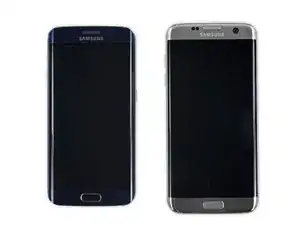

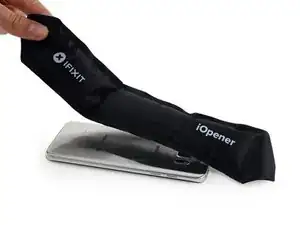

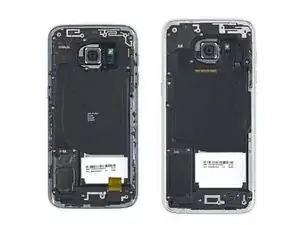

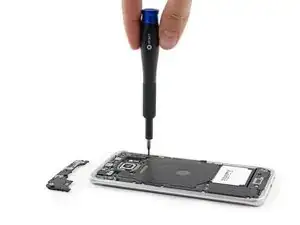



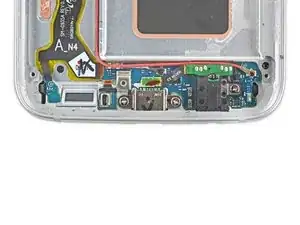
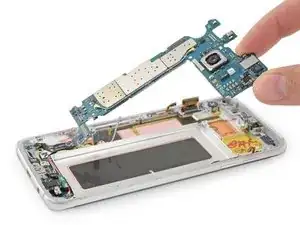

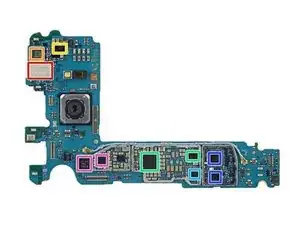

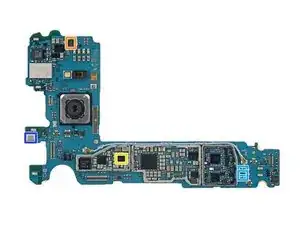

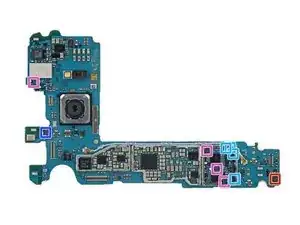

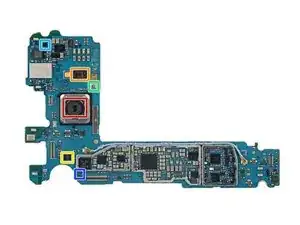
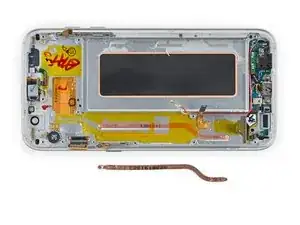
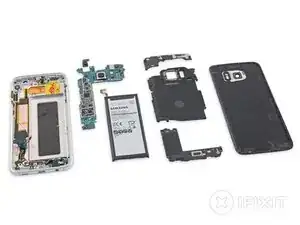
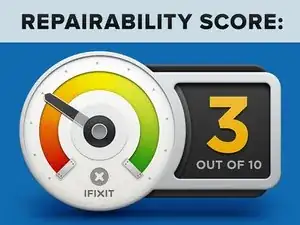

It has so many variants: N930V, N930A, N930P, N930R4, N930W8. You guys should be more professional to write clearly which one is shown here.
An10na -